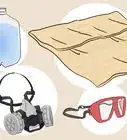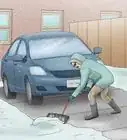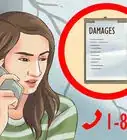X
wikiHow is a “wiki,” similar to Wikipedia, which means that many of our articles are co-written by multiple authors. To create this article, 47 people, some anonymous, worked to edit and improve it over time.
This article has been viewed 53,650 times.
Learn more...
In the 1950s, a North Dakota resident endured a severe thunderstorm. It made him want to learn more about destructive storms. Storm chasing slowly gained popularity throughout the next few decades. With the growth of technology, storm chasers have new advantages, as they can get live updates and track other storms. Storm chasers not only chase storms, but can also capture photos and videos of these dangerous events.
Steps
-
1Either rent or buy a vehicle that is fairly heavy, lots of room for gear; preferably an SUV or minivan of some sort. Pay close attention to your gas gauge because the last thing you want to happen is to run out of gas when you're just yards away from a tornado. Make sure that the vehicle is as fast or as heavy as possible; fast so that you can escape quickly, or heavy so that in the event that you do come in close contact with the tornado, your vehicle may be able to withstand the winds. The most ideal storm chasing vehicle in the world is the T.I.V. (Tornado intercept vehicle), but this vehicle was hand built by an IMAX film maker and costs tens of thousands of dollars to make. You may choose to create such a vehicle if you decide you want to make a career out of storm chasing.
-
2Outfit your chosen vehicle with the essential emergency lighting, HAM radios, search and rescue gear, and comfort essentials. The emergency lighting can be useful not only to warn people that you are speeding toward the storm. It will serve as a beacon for rescue parties to help locate you and your vehicle in the debris after the storm has passed. You may need to armor your vehicle with at least 1/4" thick steel plating or at the very least steel mesh netting. Remember, you might be spending a lot of time in this vehicle and you want to be comfortable. Also, be sure to get the appropriate SKYWARN training class and then get the stickers so that you will be an official storm observer.Advertisement
-
3Establish your name as a storm chaser by going online and posting your qualifications on Facebook and online forums dedicated to storm chasing. You need to establish yourself and make a name so that when you are out in the field people will know who you are and give you room to do your work.
-
4Buy an IMAX camera or the most high-quality camera possible, in order to film the tornadoes you find. Don't let your nerves get the best of you; keep filming unless it's time to retreat.
-
5Always have a full tank of gas. An empty tank just yards away from a tornado is game over in the storm chasing world.
-
6Have a storm chasing team; one person to drive, one to handle the camera, and one to spot nearby tornadoes. The jobs can be interchangeable but be dedicated to your job during the chase.
-
7Have a laptop computer with Internet access so you can see the local weather and keep track of nearby storms.
-
8When you find a tornado wait until it is crossing an area with no potential debris (an open field), stop and exit your vehicle within a mile of it and film as long as you can. If the tornado is going away from you film it until you cannot see it. If the tornado is approaching you, once you can feel the winds begin to blow you away get in your car and retreat. You may choose to film the tornado during your retreat.
-
9Create a team name that people will remember, and create a team logo.
-
10Join a storm chasing forum on the Internet. Get to know the pros, ask questions, and share stories.
-
11In all seriousness, NO ONE should just go out and try to chase tornadoes unless they fully comprehend meteorology, specifically the mechanics of severe weather. You should also understand how to read a radar, such as radial velocity, nautical mile ranges on radars, understand what NEXTRAD is. Don't let this intimidate you. It takes years of experience. Sometimes even the experts who have done this for years make mistakes and get hurt. If you want to chase storms, look for a reputable storm chasing tour company and book a tour.
Advertisement
Community Q&A
-
QuestionAs a kid, how can I be a storm chaser?
 JACOB MOHNENCommunity AnswerSee if you can take a local class, such as Skywarn. Then, talk to your parents about your interest in storm chasing and see if they would be wiling to take you.
JACOB MOHNENCommunity AnswerSee if you can take a local class, such as Skywarn. Then, talk to your parents about your interest in storm chasing and see if they would be wiling to take you. -
QuestionDo I need an IMAX, or can I just use a camera to storm chase?
 Community AnswerYou don't need to use an IMAX, but it would be preferable to have a high-quality camera.
Community AnswerYou don't need to use an IMAX, but it would be preferable to have a high-quality camera. -
QuestionIs there such thing as a EF6 tornado? If so, what should I do?
 Community AnswerNo, there is no EF6. The scale goes from EF0 to EF5. During any storm, you should go to an underground/central room away from windows.
Community AnswerNo, there is no EF6. The scale goes from EF0 to EF5. During any storm, you should go to an underground/central room away from windows.
Advertisement
Warnings
- Storm chasing is very dangerous, always be careful. Do not have children with you on a chase.⧼thumbs_response⧽
- During your retreat, do not go under an overpass. The winds from the tornado create a vacuum effect.⧼thumbs_response⧽
- Some states and countries have outlawed storm chasing because of the inherent dangers involved to both the driver of the vehicle as well as the danger to other drivers in the vicinity when someone is driving while distracted. Check your local state and municipal laws before you invest a lot of money in something that could turn out to be illegal.⧼thumbs_response⧽
- Do not be in a car when a tornado is coming your way. Do not get out or try to outrun it!⧼thumbs_response⧽
- DANGER: Some people risk their lives for storm chasing. If you consider it, be prepared for the worst.⧼thumbs_response⧽
Advertisement
Things You'll Need
- A vehicle
- A high quality camera
- A storm chasing team
- A team name
- A team logo
- A good spotter
- A good Doppler radar like GR2Analyst or GRLevel3
- Multiple warning lights and/or decals on your vehicle to alert other drivers to your distraction
About This Article
Advertisement
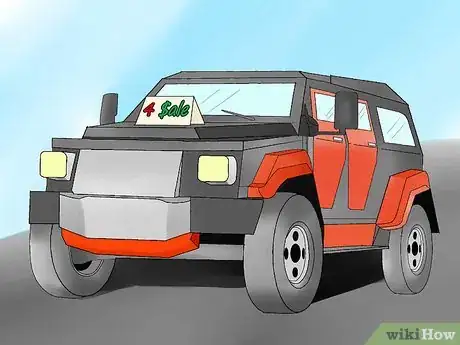


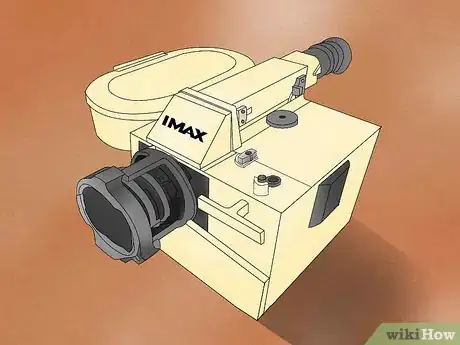
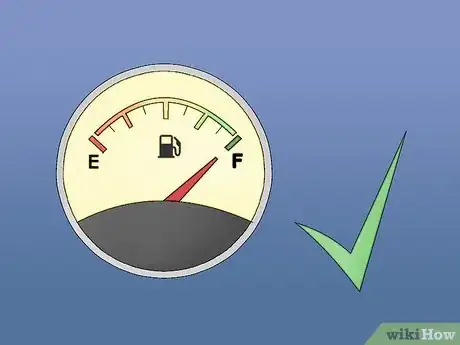
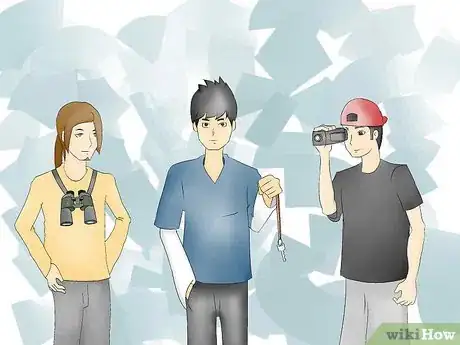



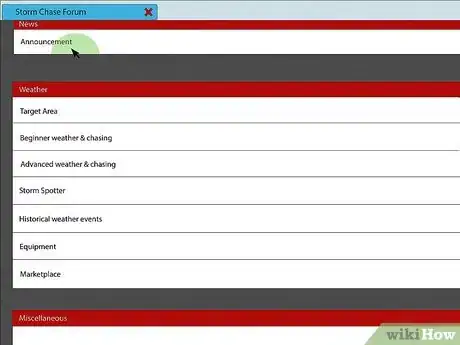
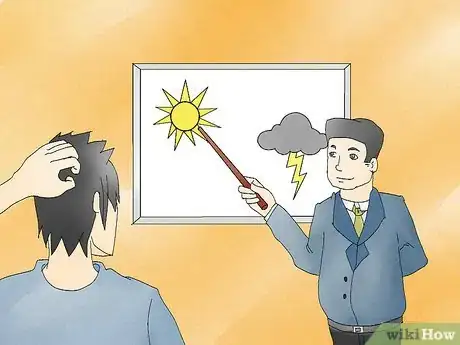
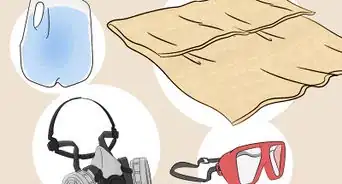
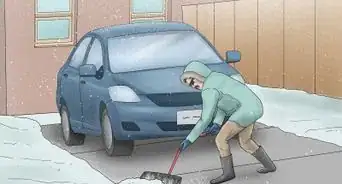


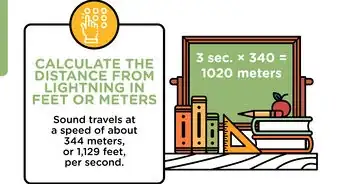


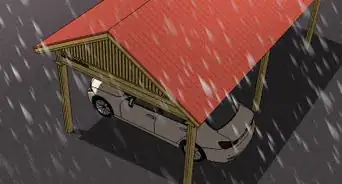
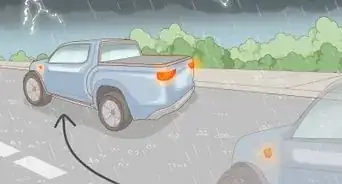
-Step-13.webp)










